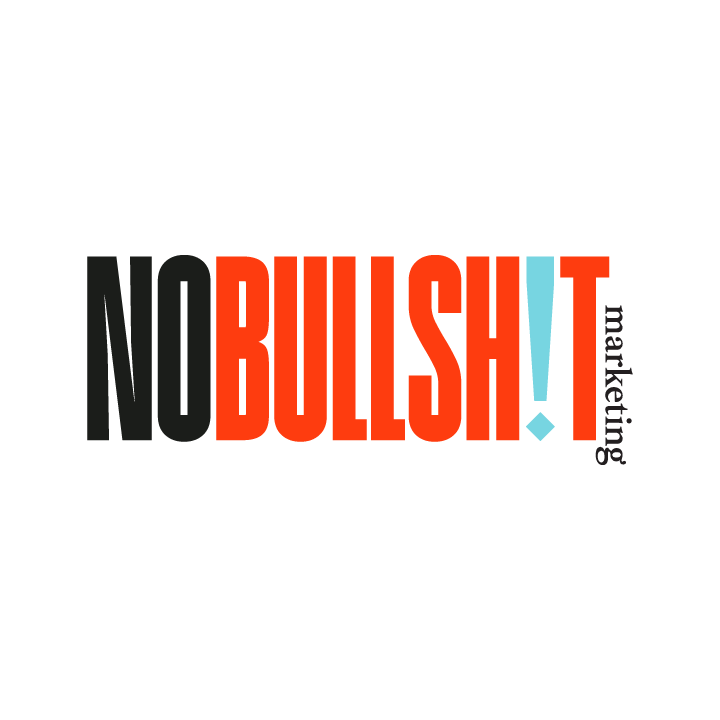How to Write Better Email Newsletters
We’ve talked before about the power of email marketing—that is, sending out email newsletters to a list of subscribers. It has serious potential to engage a large number of people you know are genuinely interested in you, boost your brand exposure, keep them at the forefront of their minds, and keep them in the loop about all the latest and greatest reasons to support your business.
Writing is hard.
The only problem? You don’t know how to write great email newsletters. Okay, maybe you’re being hard on yourself—but you feel as if there has to be something wrong with your email newsletter composition process. Every time you sit down to write an email, you end up feeling some kind of writer’s block. And when you actually do send out an email, you don’t get the response from it that you were hoping to get. What gives?
Even though writing an email seems simple in theory (we write so many emails to so many people every day, after all), there’s a formula you want to follow with your email newsletters if you want your subscribers to open them, read them, and follow through with some kind of engagement.
Write Better Email Newsletters
Take advantage of subject lines.
When your email lands in a subscriber’s inbox, you want the subject line to be something that catches their attention right away. Don’t throw away this opportunity. Remember that keeping your subject line short and punchy will make it easier to read quickly. You want it to build curiosity while still communicating what the benefit of the email content is going to be. Try brainstorming two or three before you decide which one is most effective.
Use a subheader.
A subject line can communicate only so much, which is why many emails include a subheader. This is a short blurb that summarizes what you’re covering. It’s longer and more substantial than your subject line, but it’s not the same thing as your opening paragraph. Of course, if you don’t include a subheader, your email platform will insert the first sentence or two of your opening paragraph. Instead, come up with a sentence that adequately summarizes your email.
Target your audience.
Not every email is going to be the right fit for every one of your subscribers. If you have demographic details, you can send out emails to the portion of your subscribers you think will be more interested in what you’re talking about or offering that day. People are more likely to pay attention to your emails if they consistently find the content relevant to their interests.
Keep it short and skimmable.
Remember that nobody wants big, chunky paragraphs when they’re reading through their emails. This will just make it too difficult to give it their attention. Break up your text into small paragraphs, and don’t be afraid to emphasize words or phrases with bold or italicized text. You can also use emojis to communicate ideas effectively in a way that’s not overwhelming to read.
Make it personable.
Email copy that reads like a conversation is a lot easier to read than email copy that reads like an aloof dissertation. Use personable tone and down-to-earth language.
Limit your links.
It’s tempting to include lots of links in each one of your emails so that your subscribers have plenty of ways to get out of their email app and onto your website or one of your social media pages. But too many links feel spammy and can overwhelm your readers, making them less likely to open your emails in the future. Instead, limit yourself to two or three links per email. If you need more than that, maybe it makes sense to divide up your email into several shorter ones.
Use visuals.
People love pictures and GIFs. They’re entertaining and make your text easier to skim through. However, don’t go overboard with the graphic design of your email—too much design can make your email difficult to read and look amateurish.
Be clear about your call to action.
Maybe the problem isn’t that people aren’t reading your emails. Maybe the problem is that people are reading it (and enjoying it) but they aren’t responding to your email properly. Give them a very direct call to action and make it easy for them to follow through. Tell them “Buy now” or “Join us on social media” with direct links to the right pages.
Be 90% educational and only 10% salesy.
Even if closing a sale is your ultimate goal, remember that a salesy email is a boring email. Focus on providing value to your reader without ever letting them feel as if they have to make a purchase. Then when you insert a sales pitch toward the end of your email, they’ll understand why investing in your business is such a good idea for them.
Writing great emails for your subscribers doesn’t have to feel like something that’s tripping you up. Our team at ASMM Digital can help you craft compelling email copy that will have your subscribers eagerly awaiting the next time you land in their inbox. Reach out to us today by calling 443-679-4916.

